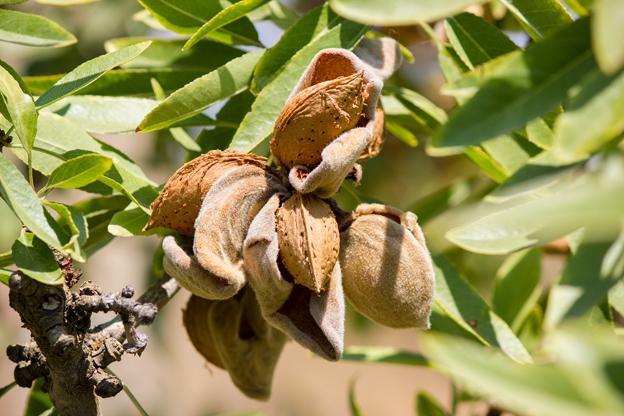The classic ingredient of Sicilian pastry? Almond, of course!
It is a tradition that goes back a long time; it was in fact the Arabs who came up with the idea of mixing chopped almonds with egg whites and honey, thus launching the great Sicilian tradition of almond sweets. Throughout time, the different populations that settled in Sicily picked up the tradition, adding their own spins and diversifying the production according to the area.
For our weekly Italian Delicacies series, we look at the Mandorla di Noto - Noto Almond.
This type of almond is grown in the area of Noto, Avola, Rosolini, Canicattini Bagni, in the province of Syracuse, in south-eastern Sicily.
In this beautiful agricultural landscape, the soil is plowed three to four times a year and fertilized annually with manure. Wild plants are grafted in December. Harvest time is between July and August (although the almond is available year-round), when groups of workers called “ciurme” beat the branches with long canes and collect the almonds on large cloths spread on the ground. The almonds are then bagged and hulled.
Three varieties are grown in the area: the Romana, the Pizzuta d’Avola and the Fascionello. These high-quality almonds have a thick and woody shell that holds the fats, thus preserving well their flavor and aroma; the almost constant sunshine and the calcium-rich soil contribute to their unique taste.
However, the yield is not high, and market competition from foreign almonds is fierce, making it difficult for many producers to make a living; for this reason, a Slow Food Presidium was established, to help farmers retain the entire production process, not just the harvesting, but also the subsequent phases, including shelling, toasting and processing, which would help increase their profits.
Among the most famous almond-based pastry produced in Sicily is biscotti di mandorla (almond cookies) – you’re lucky, we have the recipe!
Want more Italian deliciousness? Check out our Italian delicacies series.








